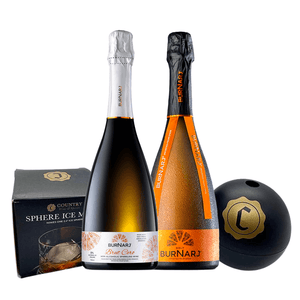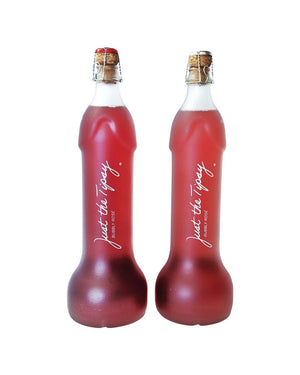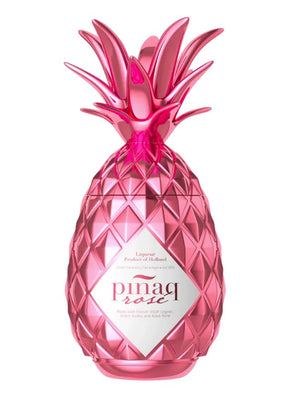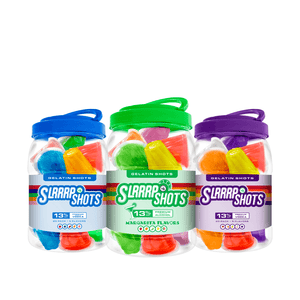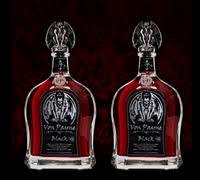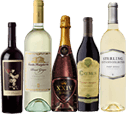A Quick Guide to Agave Spirits
Tequila. Mezcal. The names evoke the arid deserts of Mexico where the agave plant grows. Perhaps they stir thoughts of sitting on a patio with a Margarita during the Summer. They also evoke, for some, an extreme sour face, or memories (or the lack thereof) of a wild night and an even more wild hangover.
Agave spirits are a staple of Mexican culture and economy. But they also carry with them an air of mystery, perhaps danger, given the wide range of reactions people tend to have to these potent and pleasing liquors. This quick guide aims to dispel some of the mysteries around agave tequila by looking at Mexico, the agave, and finally the liquors that stem from this versatile perennial plant.
Mexico
The bottom of North America is home to a rich and diverse culture of music, food, clothing, entertainment, and, last but not least, alcohol. Popular television and history fill our heads with visions of Spanish Conquistadors over-running the Aztec Empire, or “desperados” taking on the heroic gunslinger in 20th century Westerns.
As with many indigenous cultures, the peoples of the area now known as Mexico had sophisticated and wide-ranging civilizations in place well before the Spanish conquest. A large part of this civilization was thanks to the beneficial nature of many parts of the agave plant, not least of which was the preparation of pulque, traditional fermented alcohol.
Once Cortés had firmly ensconced Spanish rule, some attention was given to pulque. Spanish technology brought distillation to the North American continent, and, honestly, liquor would never be the same.
The Agave Plant

The Agave, rather than a single plant, is a wide range of plants within the species. This includes the blue agave (A. tequiliana) and the century plant, or maguey (A. americana). It has played a vital role in Mexican culture and economy. Fiber from some species of agave can be used to make “ropes, brushes, sandals, nets, sleeping mats, and other similar items.” In some species, spines can be taken from the plant with a long fiber still attached, making a natural needle and thread.
The plant is native to both Central and South America, but in the rest of the world, it is best known as the source of not one but three eminently Mexican alcohols. Tequila, Mezcal, and Pulque are liquors produced by fermenting some part of the agave plant, and each has a unique flavor and history.
The beginnings of all three alcohols come with the maturation of the agave plant. The stems, leaves, flower buds, and hearts of the plants contribute in different ways to the different alcohols.
Pulque
Here’s the agave-derived alcohol that you probably haven’t had a chance to try. Perhaps you’ve never even heard of it, and you could be forgiven for that. Using numerous species of “maguey,” another name for the agave plant, pulque has been made in Mexico since pre-Colonial times. Much like its better-known cousins, Pulque begins life as sap collected from mature agave plants. The sap is placed in wooden barrels to ferment and is consumed a few days later, unaged.

Pulque has a buttermilk-like flavor and a “cloudy and whitish” appearance. The liquor is sold to drinking establishments in large barrels, and since the alcohol is produced with little to no additives in the mix, most pulque is consumed within days of being produced. Although it is traditionally consumed straight, some drinkers will add coconut or guava juice to enhance the flavor of the alcohol. Pulque is a challenging agave spirit to try given its dependence on being consumed quickly, though there are much worse reasons to plan a trip to Mexico.
Of course, that’s not a viable option for everyone. Although traditionally, pulque contains no preservatives and is not as purified as one might like, some producers are now bottling pulque for sale. Pulque in this case is pasteurized and bottled to be sold in stores. Along with its alcohol content, pulque is also “an important and inexpensive source of carbohydrates, amino acids, and vitamins.”
Mezcal
When the Spanish conquered Central America, they were introduced to pulque by the indigenous peoples of the area. With their slightly more advanced technology, the Spanish brought distillation to the agave plant. The result was mezcal.

While agave, and mezcal, are produced all across Mexico, “authentic” mezcal has to be produced in the state of Oaxaca. The word Best Mezcal appears on numerous different alcohols that originate in Mexico, but there is an official, legal designation for true mezcal.
One of the main differences between mezcal and tequila is the production process. While agave tequila is a variety of mezcal, it is generally produced in more industrial settings than mezcal. Traditional mezcal is small-batch, often following recipes that are over 200 years old. Rather than harvesting the sap, as is the case with pulque and tequila, mezcal is distilled from the heart of the agave plant. These hearts are roasted for three days in underground pits, then mashed and fermented. The process gives mezcal its intense, smoky flavor.
A favorite cocktail to try with mezcal is the Mezcal Mule. Based on the Moscow Mule, which instead uses vodka as its primary alcohol, the Mezcal Mule combines the smoky sweetness of mezcal with lime and ginger beer. A truly refreshing drink for a Summer afternoon on the patio.
Tequila
Easily the most recognizable alcohol distilled from the agave plant, tequila is also one of the most widely-consumed liquors in the world. Tequila is made from the sap of a single genus of the agave plant, the Agave tequiliana, or blue agave.

All agave plants have a “pineapple-like” base. Once the plant matures, this base fills with sap, called agua miel (“honey water”). For tequila, this sap is collected and fermented, and then distilled. Some brands age in oak vats before bottling, which lets the harsh alcohol mellow somewhat, and the liquid take on a “pale straw colour.”
A favorite cocktail with tequila is the Margarita. This mixture of tequila, lime juice, and orange liqueur is a popular bar and party choice across North America. With its distinctive glass rimmed with salt, a properly-prepared “Marg” conjures images of beaches and ocean waves regardless of where you’re drinking.
However, if you’re looking to sample tequila more traditionally, do away with the liqueur and lime juice, and get yourself a shot glass. The preferred method of consumption by Mexican drinkers is neat. A well-balanced and flavorful tequila is every bit as good sipped as a shot. But if you can’t wrap your lips around the strong alcohol and agave flavors, salt, tequila, and a wedge of lime in rapid succession is a flavor sensation not to be missed.
Hopefully the next time you’re doing a bit of research on a favorite or newly-discovered alcohol, “agave tequila” will not be one of the search terms you use. Or if it is, you’ll be doing some deep research on the fascinating way the agave plant, and its liquors, have intertwined with the history and culture of Mexico. While we may only be familiar with the agave for its popular spirits, the plant itself is a fundamental, and foundational, aspect of Mexican culture.
This brief guide barely scratches the surface of the long history of Mexico and the agave. Indeed, there are other agave liquors to investigate. Raicilla is technically a mezcal made outside of the “official” states where mezcal can be produced. Bacanora is produced only in the mountainous Sonora region and relies solely on the Espadin variety of agave. Whether you’re shopping online or in your local Liquor Store, pulque, mezcal, and tequila offer a range of different and intriguing drinking experiences.




